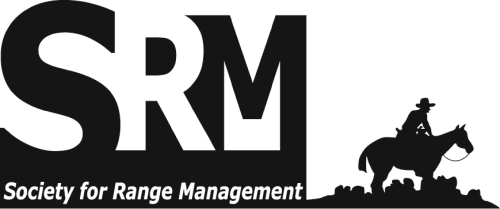Effects of recreational pack stock grazing on mountain meadows in Yosemite National Park were assessed in a 5-year study. Yosemite is a designated wilderness, to be managed such that its natural conditions are preserved. Studies were conducted in 3 characteristic meadow types: shorthair sedge (Carex filifolia Nutt.), Brewer's reed grass (Calamagrostis breweri Thurber), and tufted hairgrass [Deschampsia cespitosa (L.) Beauv.]. Horses and mules grazed experimental plots at intensities of 15 to 69% utilization for 4 seasons. In all 3 meadows, grazing caused decreases in productivity. The mean reduction after 4 years of grazing was 18% in the shorthair sedge meadow, 17% in the Brewer's reed grass meadow, and 22% in the tufted hairgrass meadow. Grazing also caused shifts in basal groundcover (usually a reduction in vegetation cover and increase in bare soil cover), and changes in species composition. Productivity and vegetation cover decreased as percent utilization increased, while bare soil cover increased as utilization increased. Changes in species composition were less predictably related to differences in grazing intensity. Passive management of grazing is insufficient in wilderness areas that are regularly used by groups with recreational stock. Wilderness managers need to monitor meadow conditions and the grazing intensities that occur. Our study suggests that biomass and ground cover are more sensitive indicators of grazing impact than species composition. Managers must make decisions about maximum acceptable levels of grazing impact and then develop guidelines for maximum use levels, based on data such as ours that relates grazing intensity to meadow response. The Journal of Range Management archives are made available by the Society for Range Management and the University of Arizona Libraries. Contact lbry-journals@email.arizona.edu for further information. Migrated from OJS platform August 2020

Scholarly peer-reviewed articles published by the Society for Range Management. Access articles on a rolling-window basis from vol. 1, 1948 up to 5 years from the current year. Formerly Journal of Range Management (JRM). More recent content is available by subscription from SRM.